PRODUCT DETAILS
| |
| Saponin Chemical Properties |
| Melting point |
158℃ |
| density |
1.015-1.020 g/mL at 20 °C (5% in H2O)(lit.) |
| storage temp. |
Store at RT. |
| solubility |
Do you have solubility information on this product that you would like to share |
| form |
Tan solid |
| color |
Yellow crystalline |
| Odor |
Odorless |
| Water Solubility |
Soluble in cold water. |
| Merck |
14,8365 |
| Stability: |
Stable. Incompatible with strong oxidizing agents. |
| EPA Substance Registry System |
Saponins (8047-15-2) |
| Provider |
Language |
| SigmaAldrich |
English |
| ACROS |
English |
| ALFA |
English |
| |
| Saponin Usage And Synthesis |
| Description |
Saponin is a secondary metabolite that facilitates the penetration of proteins through the cell membrane. Studies indicate that saponins are amphipathic glycosides, which can act as hemolytic agents. Research indicates that Saponin displays antinociceptive, anti-inflammatory and antipyretic activities, which may be due to its nonglycosidic moiety, sapogenin. Saponin can also be used in environmental research to recover chromium and other metals from sludge samples. Additional studies indicate that Saponin is useful in immunoassays since it can stimulate the Th1 immune response and the production of cytotoxic T-lymphocytes in response to exogenous antigens. |
| structure and hydrogen bonding |
The aglycone (glycoside-free) portions of the saponins are termed sapogenins. The number of saccharide chains attached to the sapogenin/aglycone core can vary – giving rise to another dimension of nomenclature (monodesmosidic, bidesmosidic, etc.) – as can the length of each chain. A somewhat dated compilation has the range of saccharide chain lengths being 1–11, with the numbers 2–5 being the most frequent, and with both linear and branched chain saccharides being represented. Dietary monosaccharides such as D-glucose and D-galactose are among the most common components of the attached chains.
The lipophilic aglycone can be any one of a wide variety of polycyclic organic structures originating from the serial addition of 10-carbon (C10) terpene units to compose a C30 triterpene skeleton, often with subsequent alteration to produce a C27 steroidal skeleton. The subset of saponins that are steroidal have been termed saraponins. Aglycone derivatives can also incorporate nitrogen, so some saponins also present chemical and pharmacologic characteristics of alkaloid natural products. The figure at right above presents the structure of the alkaloid phytotoxin solanine, a monodesmosidic, branched-saccharide steroidal saponin. (The lipophilic steroidal structure is the series of connected six- and five-membered rings at the right of the structure, while the three oxygen-rich sugar rings are at left and below. Note the nitrogen atom inserted into the steroid skeleton at right.)
|
| Originator |
Saponins are phytochemicals which can be found in most vegetables, beans and herbs. The best known sources of saponins are peas, soybeans, and some herbs with names indicating foaming properties such as soapwort, saoproot, soapbark and soapberry. Commercial saponins are extracted mainly from Yucca schidigera and Quillaja saponaria.
|
| Uses |
Saponins are steroid or triterpenoid glycosides found in wild or cultivated plants, lower marine animals and some bacteria. Notably, saponins can also activate the mammalian immune system, which have led to significant interest in their potential as vaccine adjuvants. Their unique capacity to stimulate both the Th1 immune response and the production of cytotoxic Tlymphocytes (CTLs) against exogenous antigens makes them ideal for use in subunit vaccines and vaccines directed against intracellular pathogens as well as for therapeutic cancer vaccines.
Saponins are used in permeabilization of cell membranes and separation of low molecular weight contaminants and as an adjuvant in vaccine development.
|
| Health Benefits |
Saponins have many health benefits. Studies have illustrated the beneficial effects on blood cholesterol levels, cancer, bone health and stimulation of the immune system. Most scientific studies investigate the effect of saponins from specific plant sources and the results cannot be applied to other saponins.
Cholesterol reduction
Saponins bind with bile salt and cholesterol in the intestinal tract. Bile salts form small micelles with cholesterol facilitating its absorption. Saponins cause a reduction of blood cholesterol by preventing its re-absorption.
Reduce cancer risk
Studies have shown that saponins have antitumor and anti-mutagenic activities and can lower the risk of human cancers, by preventing cancer cells from growing. Saponins seem to react with the cholesterol rich membranes of cancer cells, thereby limiting their growth and viability.
Immunity booster
Plants produce saponins to fight infections by parasites. When ingested by humans, saponins also seem to help our immune system and to protect against viruses and bacteria.
Reduce bone loss
Studies with ovariectomized induced rats have shown that some saponins, such as the steroidal saponins from Anemarrhena asphodeloides, a Chinese herb, have a protective role on bone loss.
Antioxidant
The non-sugar part of saponins have also a direct antioxidant acitivity, which may results in other benefits such as reduced risk of cancer and heart diseases.
|
| Chemical Properties |
Light yellow powder |
| Uses |
Saponin is an amphipathic glycoside and surfactant. |
| Uses |
Glycoside widely distributed in plants. Nonionic sufactant that forms oil-in-water emulsions and acts as protective colloid. Used for the direct determination of metals in milk by flame atomic-absorption spectrophotometry. Also used in permeabilization of cell membranes and separation of low molecular weight contaminants, and as an adjuvant in vaccine development.
|
| Definition |
saponin: A type of toxic glycosidethat forms a frothy colloidal solutionon shaking with water. Saponinsoccur in many plants (such as horsechestnut). They break down redblood cells and have been used forpoisoning fish. On hydrolysis theyyield a variety of sugars. |
| General Description |
Saponins are natural steroidal glycoside (terpenes).
|
| Biochem/physiol Actions |
Saponins solubilize the low density lipoprotein (LDL) fraction of cholesterol in micelles, thus lowering their concentration. Saponin from Quillaja bark is used as a flavoring agent in food and beverages. This saponin has been shown to enhance immune-cell proliferation in vitro. |
| |
| Saponin Preparation Products And Raw materials |
|
| Tag:Saponin(8047-15-2) Related Product Information |
|
|
|
|
|
|
|
Group profiles
Leader Biochemical Group is a large leader incorporated industry manufacturers and suppliers of advanced refined raw materials From the year of 1996 when our factory was put into production to year of 2020, our group has successively invested in more than 52 factories with shares and subordinates.We focus on manufacture Pharm & chemicals, functional active ingredients, nutritional Ingredients, health care products, cosmetics, pharmaceutical and refined feed, oil, natural plant ingredients industries to provide top quality of GMP standards products.All the invested factories' product lines cover API and intermediates, vitamins, amino acids, plant extracts, daily chemical products, cosmetics raw materials, nutrition and health care products, food additives, feed additives, essential oil products, fine chemical products and agricultural chemical raw materials And flavors and fragrances. Especially in the field of vitamins, amino acids, pharmaceutical raw materials and cosmetic raw materials, we have more than 20 years of production and sales experience. All products meet the requirements of high international export standards and have been recognized by customers all over the world. Our manufacture basement & R&D center located in National Aerospace Economic & Technical Development Zone Xi`an Shaanxi China. Now not only relying on self-cultivation and development as well as maintains good cooperative relations with many famous research institutes and universities in China. Now, we have closely cooperation with Shanghai Institute of Organic Chemistry of Chinese Academy of Science, Beijing Institute of Material Medical of Chinese Academy of Medical Science, China Pharmaceutical University, Zhejiang University. Closely cooperation with them not only integrating Science and technology resources, but also increasing the R&D speed and improving our R&D power. Offering Powerful Tech supporting Platform for group development. Keep serve the manufacture and the market as the R&D central task, focus on the technical research. Now there are 3 technology R & D platforms including biological extract, microorganism fermentation and chemical synthesis, and can independently research and develop kinds of difficult APIs and pharmaceutical intermediates. With the strong support of China State Institute of Pharmaceutical Industry (hereinafter short for CSIPI), earlier known as Shanghai Institute of Pharmaceutical Industry (SIPI), we have unique advantages in the R & D and industrialization of high-grade, precision and advanced products. Now our Group technical force is abundant, existing staff more that 1000 people, senior professional and technical staff accounted for more than 50% of the total number of employees, including 15 PhD research and development personnel, 5 master′ S degree in technical and management personnel 9 people. We have advanced equipment like fermentation equipment and technology also extraction, isolation, purification, synthesis with rich production experience and strict quality control system, According to the GMP required, quickly transforming the R&D results to industrial production in time, it is our advantages and our products are exported to North and South America, Europe, Middle East, Africa, and other five continents and scale the forefront in the nation, won good international reputation. We believe only good quality can bring good cooperation, quality is our key spirit during our production, we are warmly welcome clients and partner from all over the world contact us for everlasting cooperation, Leader will be your strong, sincere and reliable partner in China.
Our Factories production lines
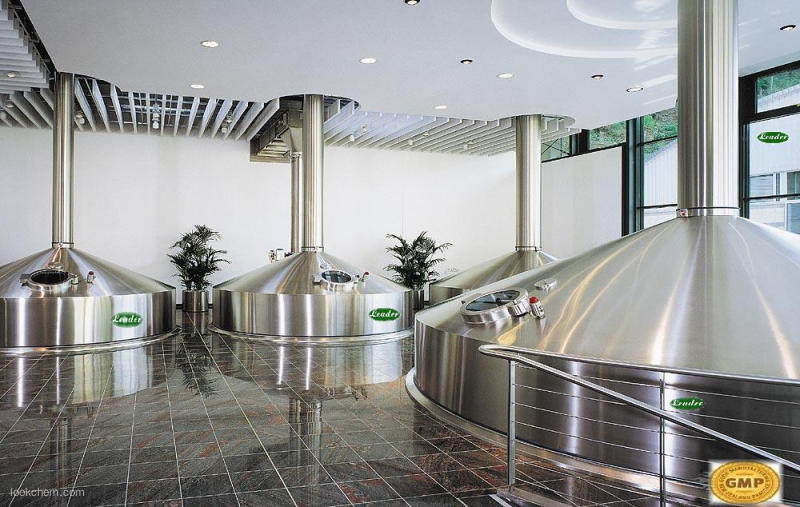
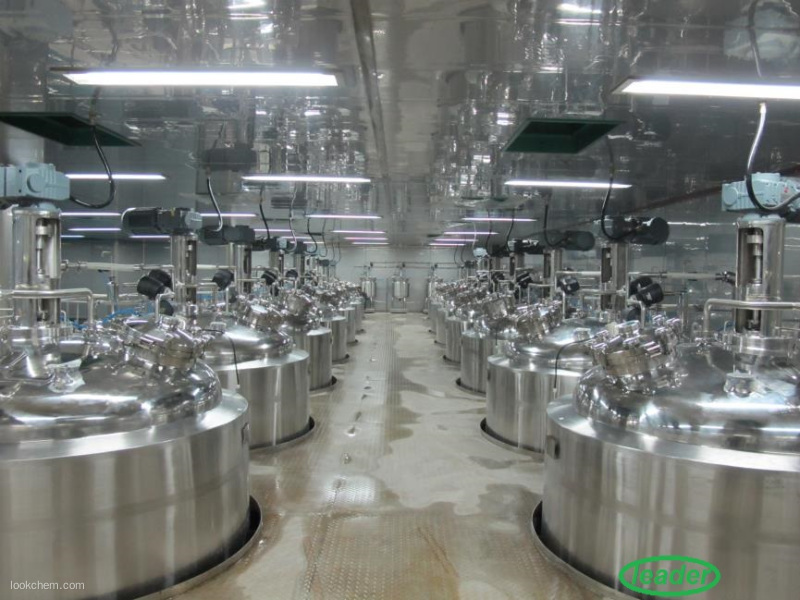
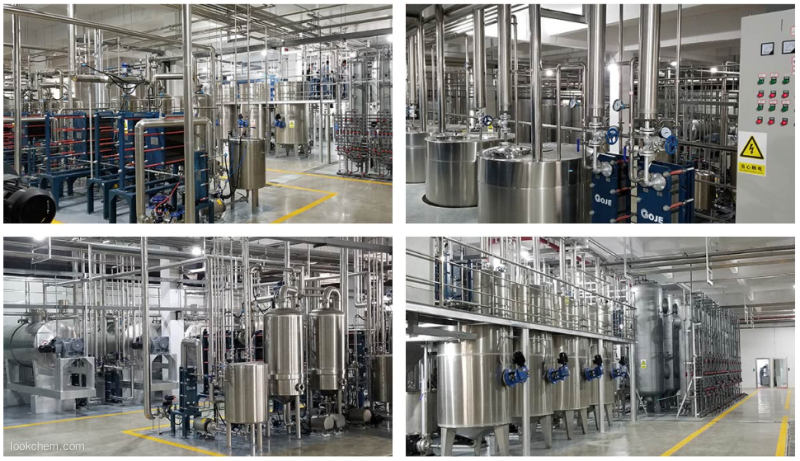
Our Factories R&D ability

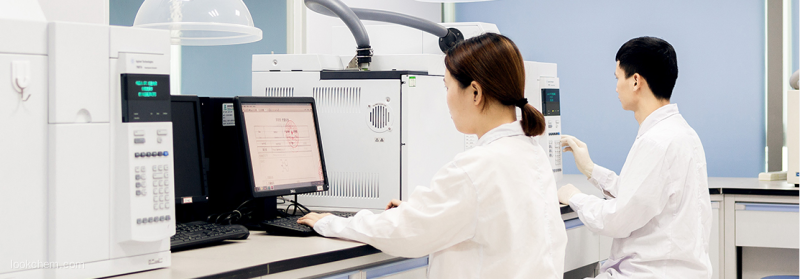
Our Factories warehouse

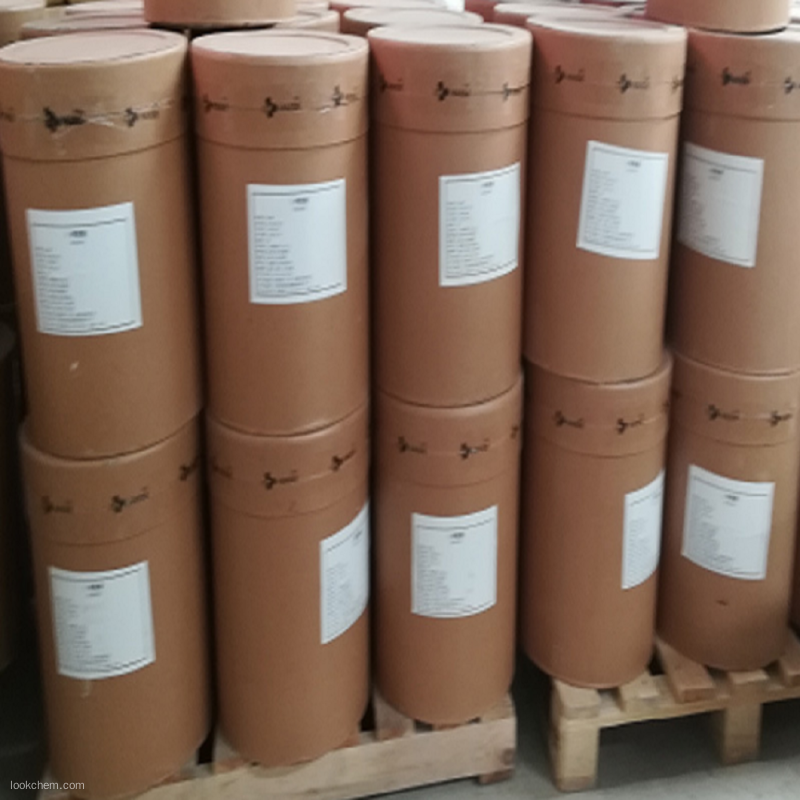


 Premiumsupplier
Premiumsupplier 



